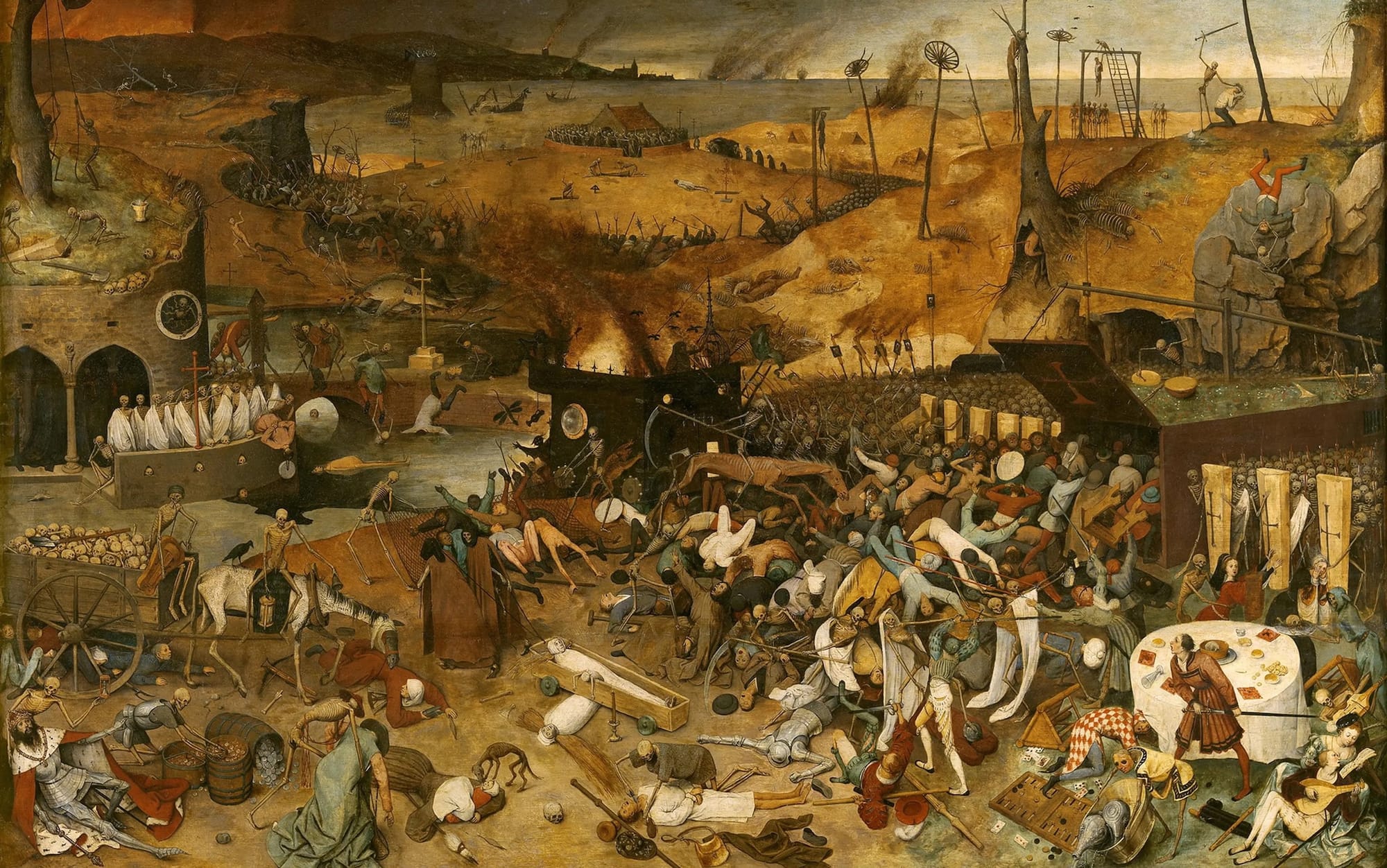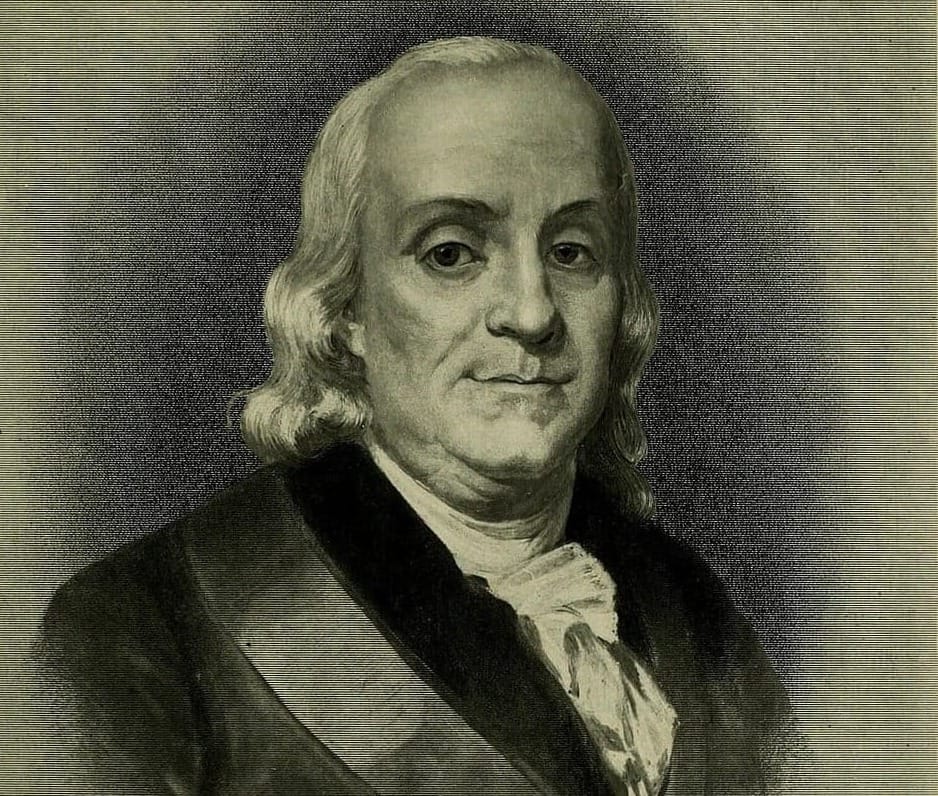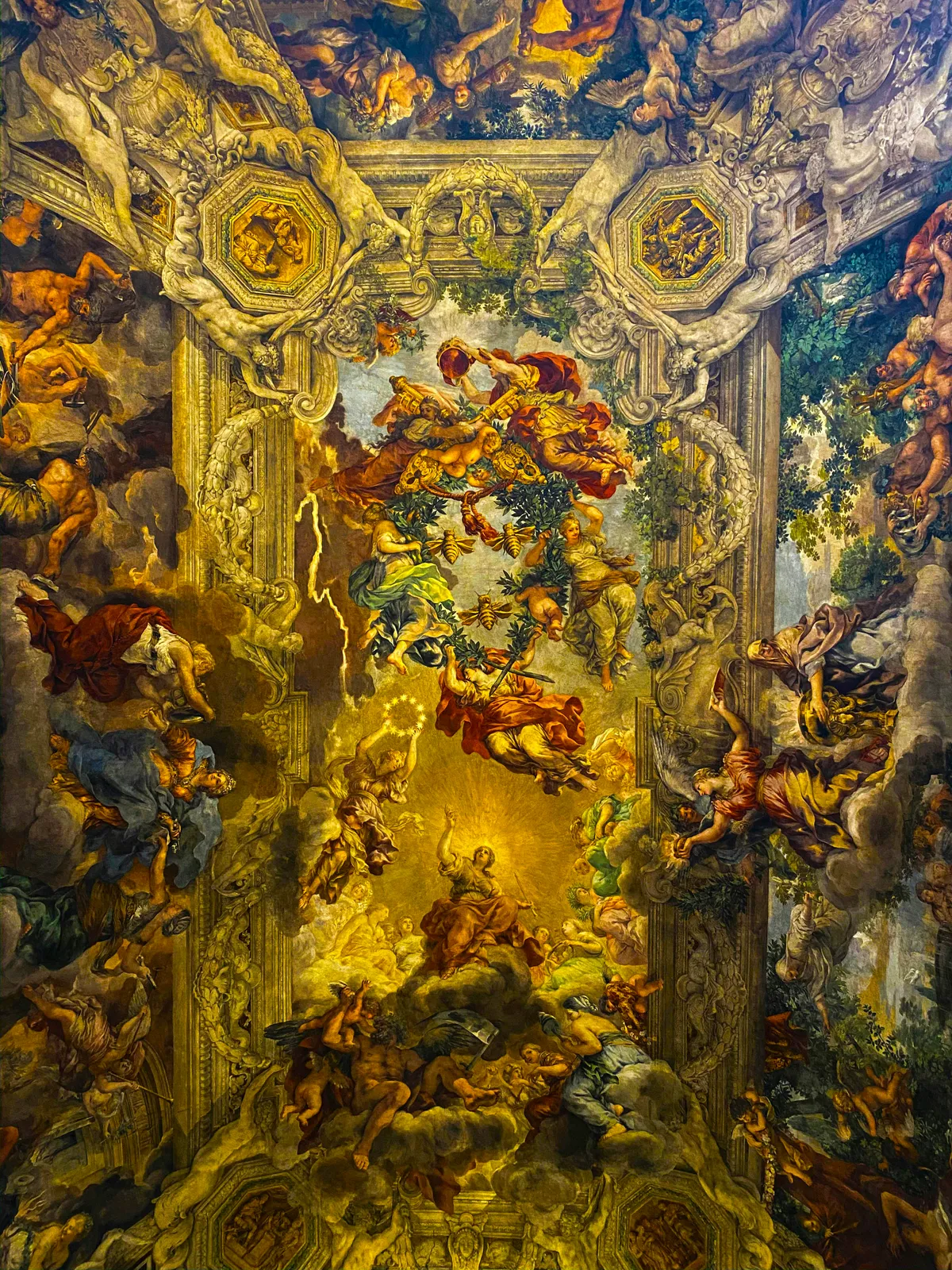The Strange Origins of Freemasonry
How climate change shaped the masons

Freemasonry, one of the world’s oldest and largest fraternal organizations, has long fascinated people with its secretive rituals, symbolic teachings, and historical significance. The organization’s discreet methods and powerful members leave many questions.
To most people, mention of Freemasonry conjures up images of conspiracy and smoke-filled rooms. Fourteen US presidents have been Freemasons. Loads of actors, high-ranking military members, businessmen, and even athletes have taken part in the Craft. Surely they can’t all be in on something, right?
Though Freemasonry is often accused of world-domination and shadowy schemes, even this highly influential organization has been subject to greater forces throughout its history. Mother Nature herself has played a pivotal role in the Craft’s development.
Let’s explore the origins of Freemasonry and specifically how climatic shifts played a pivotal role in shaping the organization.
And as we travel back in time, the smoke-filled room may just clear…
Reminder: you can support us and get tons of members-only content for a few dollars per month 👇
- Two new, full-length articles every single week
- Access the entire archive of useful knowledge that built the West
- Get actionable principles from history to help navigate modernity
- Support independent, educational content that reaches millions
Origins in Operative Masonry
In medieval Europe, stonemasons were among the most skilled craftsmen, responsible for constructing the grand cathedrals, castles, and fortifications that defined the era’s architectural landscape.
These operative masons organized themselves into guilds, also known as lodges. Lodges served multiple purposes: protecting trade secrets, regulating the profession, providing education and training to apprentices. They also offered mutual support to members.

The work of operative masons required advanced knowledge of geometry, engineering, and design, as they crafted intricate stone structures with precision. To safeguard their expertise and ensure only qualified members could practice the trade, masons developed secret signs, passwords, and rituals to identify themselves. These practices, rooted in the need for professional security, later became central to the symbolic rituals of Freemasonry.
One of the earliest known documents related to these guilds is the Regius Manuscript (also known as the Halliwell Manuscript), dated to around 1390. This 794-verse poem, written in Middle English, outlines the moral duties and regulations for stonemasons, emphasizing the importance of geometry — considered the cornerstone of their craft — and ethical conduct.
The manuscript traces the history of masonry back to Euclid in ancient Egypt, reflecting the mythological origins that Freemasons have embraced. It also includes rules for behavior, such as attending church and treating apprentices fairly, providing a glimpse into the values of medieval mason guilds.
The Golden Age of Cathedral Building
The period from approximately 950 to 1250 AD, known as the “Medieval Warm Period”, was a time of relatively temperate and stable climate conditions in Europe. This climatic boon led to increased agricultural productivity, population growth, and economic prosperity. With abundant harvests and growing wealth, European societies could invest in ambitious architectural projects like the construction of Gothic cathedrals.
Cathedrals such as Chartres Cathedral (construction began in 1194), Amiens Cathedral (1220), and Reims Cathedral (1211) were built during this period, showcasing the pinnacle of medieval engineering and artistry.

These structures, with their soaring spires, intricate stonework, and expansive stained-glass windows, required a large workforce of operative masons. The guilds thrived, training the next generation of apprentices in the complex skills needed to construct these projects.
The prosperity of the Medieval Warm Period provided the financial resources and social stability necessary for such monumental endeavors. Cathedrals served not only as places of worship, but as symbols of civic pride and religious devotion as well, drawing pilgrims and fostering community identity. The demand for skilled masons was high, and their guilds became influential institutions, fostering a sense of camaraderie and shared purpose among members.
Things Get Cold
The favorable conditions of the Medieval Warm Period began to wane in the early 14th century, as Europe entered the Little Ice Age, a period of colder temperatures and climatic instability that lasted from roughly 1300 to 1850 AD. This shift brought longer winters, shorter growing seasons, and poor harvests, leading to widespread famine and economic hardship.
The weakened population became more vulnerable to disease, and in the 1340s, the Black Death swept through Europe, killing an estimated 30–50% of the population within about a decade.

Just think how so much of human well-being throughout history was simply the result of whether it was warm or cold out…
The societal upheaval caused by the Black Death and the economic downturn that followed had profound effects on all aspects of life, including the construction industry. The massive loss of life reduced the labor force and disrupted trade, while the economic constraints limited funding for large-scale building projects. Many cathedrals that were under construction were left unfinished or took centuries to complete as resources and manpower dwindled.
For the stonemason guilds, this decline in construction meant fewer opportunities for operative work. To sustain their guilds, the lodges began admitting non-operative members — individuals who were not stonemasons by trade but were interested in the philosophical and moral teachings that the guilds had developed. These “philosophical” or “speculative” masons included scholars, clergy, and noblemen who were drawn to the intellectual and social aspects of the lodges.
Over time, the focus of the guilds shifted from the physical act of building to moral, spiritual and mental development, marking the rise of speculative Freemasonry. Freemasonry basically went through a rebranding, followed by a retreat into the underground.

Superstition was in the air during these darker times. From evil spirits spreading illness throughout the towns to the infamous hysteria around witch burning, folks were on edge — for good reason, too. Imagine seeing half the people (or more) in your town rotting in the streets… They were no less suspicious of this secretive guild called the Freemasons.
This "underground" period lasted from the 1400s to the early 1700s. For those dedicated to the Craft, the scientific revolution lifted many of the superstitions surrounding them and they began operating more openly.
Formation of the Grand Lodge
Along with the scientific revolution, the climate gradually warmed — slowly bringing prosperity to Europe and the Americas. Freemasonry reached a pivotal milestone in 1717 with the formation of the first Grand Lodge in London. On June 24, 1717, four secret London lodges met at the Goose and Gridiron ale house in St. Paul’s Churchyard and established the Grand Lodge of London and Westminster, which later became known as the Premier Grand Lodge of England. This event marked the beginning of organized speculative Freemasonry and set the stage for its global spread.
The Grand Lodge standardized the rituals and practices of Freemasonry, drawing on the traditions of the operative masons while adapting them for a speculative context. At this point, they were focused on Freemasonry as a vehicle for cultivating the Soul and Mind.

The formation of the Grand Lodge formalized the structure of Freemasonry, establishing a system of lodges governed by a central authority. It also facilitated the spread of Freemasonry throughout Europe and the American colonies, where it attracted prominent figures such as George Washington and Benjamin Franklin.
The rituals developed during this period, including the three degrees of Entered Apprentice, Fellowcraft, and Master Mason, remain a cornerstone of Freemasonry today.
Final Thoughts
Taking a macro view of history can be informative. As humans who dwell in a particular time and place, we are often stuck interpreting the world through a fairly narrow lens colored by our environment.
To illustrate, think of the be varying viewpoints between an eagle and a grouse. An eagle soars high above the landscape, building a wide data set — allowing it to see and understand more. The grouse is largely stuck with the data given to it through its narrow field of view close to the ground. Humans are often like the grouse. But through technology and scientific advancements we have the opportunity to look at history and the world at large through different viewpoints — a more eagle-like perspective.
Taking into account how massive forces like climate are shaping human history is a fairly new development in historical analysis. But few discuss how climate directed the development of specific organizations like Freemasonry. Taking a wide view, this was how things unfolded:
- The climate grew colder during the period known as Little Ice Age.
- Cold weather lowered general human prosperity, especially in agricultural. this along with the Black Death decimated European populations.
- The weakened state of Europeans led to a general mistrust of guilds.
- The heightened suspicion forced Freemasons to take a low profile.
- This secretive nature of Freemasons entrenched the "haziness" of their craft — a haziness we experience today.

A great researcher who has put forth intriguing perspectives related to Freemasonry and climate is the geologist Randall Carlson. He focuses on how past cataclysms have shaped human society — and he just so happens to be a 32nd degree Freemason.

